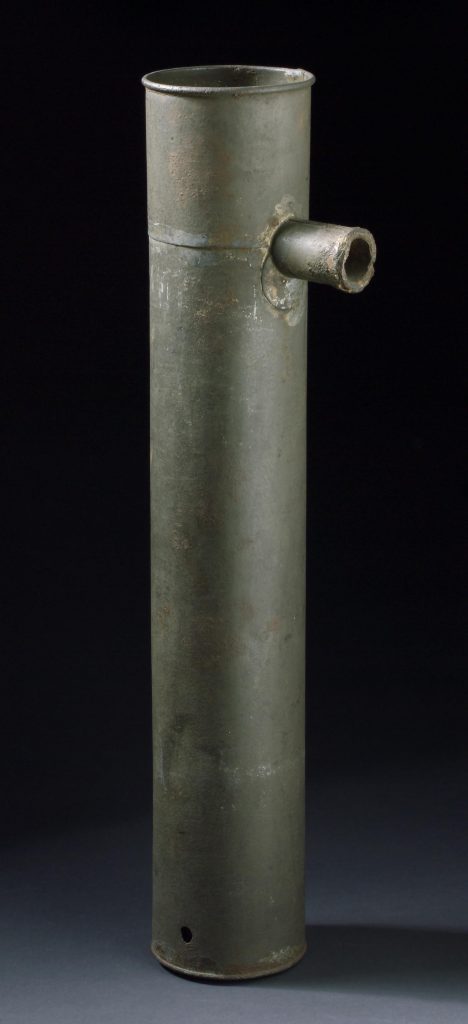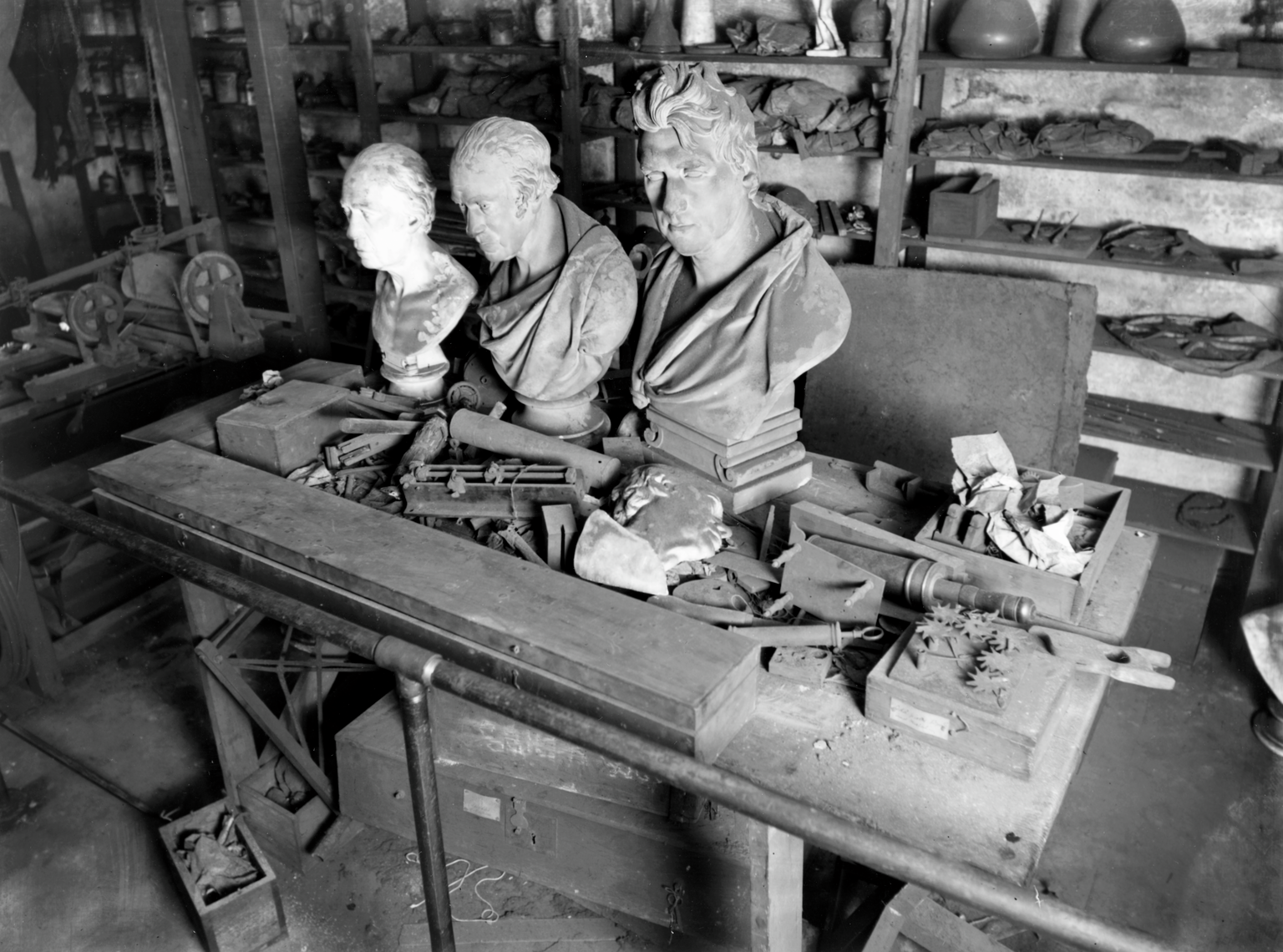On 5 January 1769 a patent was given to Scottish engineer James Watt for his separate condenser.
The patent was titled ‘A new method of lessening the consumption of steam and fuel in fire-engines’ and is now regarded as one of the most significant patents ever granted in the UK.
Watt’s separate condenser was the greatest single improvement ever made to the steam engine.
The condenser vastly improved efficiency. Steam engines with Watt’s condenser burned 2/3rds less coal, making them capable of working not just on mines but in factories, mills, workshops, and anywhere else that needed power.

The separate condenser resolved the engine’s fundamental problem, that for maximum fuel economy the steam cylinder had to stay as hot as possible, while for maximum thermal efficiency it should be cooled once per working cycle.
By condensing the steam in a separate condenser kept permanently cool, both fuel economy and efficient use of heat were maximised.
Taking this concept and transforming it into an industrial machine took Watt years of hard work, leaving behind a collection of models which remain in the Science Museum Group Collection.
What was long claimed to be the first model of the condenser, dating from 1765, is displayed in our Making the Modern World gallery.
However, the true identity of the first model was only established in the 1960s by museum curator Rodney Law, who realised that the first model had in fact been concealed, un-noticed, among other items laying on a workbench in Watt’s workshop, also in the Science Museum.

John Robison saw this model within a few days of it being made. He later wrote:
‘I came into Mr Watt’s parlour… and found him sitting before the fire, having lying on his knee a little tin cistern, which he was looking at. I entered into conversation… about steam. All the while Mr Watt kept looking at the fire, and laid down the cistern at the foot of his chair.
At last he looked at me, and said briskly, “You need not fash yourself about that, man; I have now made an engine that shall not waste a particle of steam.” So saying, Mr Watt looked with complacency at the little thing at his feet, and seeing that I observed him, he shoved it away under a table…’
It may only be a ‘little tin cistern’, but this modest object led to a series of events that transformed the world, and is one of the most important items in the national collection.